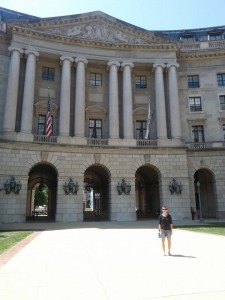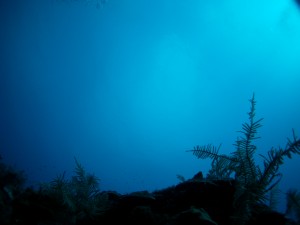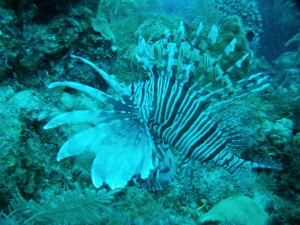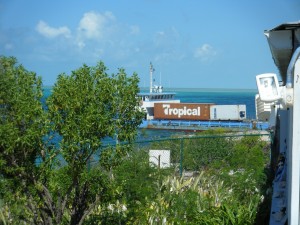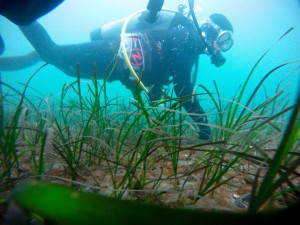
Yeah, diving in the Sound without a drysuit is chilly, but as much as I love looking at it from above, it’s really cool to see what’s actually in there. (Giant plumose anemones, anyone?)
Anyone who knows me a little bit, or has listened to me reel off my list of major / minors / study abroad experience / career interests*, has figured out that I love water. I was born in Southern California and lived about eight miles away from the beach until I was 11 years old, at which point my family moved away to Northern Virginia (not to be confused with Virginia). I’ve been rowing for seven years, working on my eighth, and got SCUBA certified two years ago. One of my requirements when I was looking for colleges was that it had to be on one coast or the other, nowhere in between. Flying into Sea/Tac the day before freshman move-in day in 2011, I saw the dark blue of the Sound running through the dark green of the forests – I have a bit of a soft spot for evergreens – and I knew that I was in the right place.
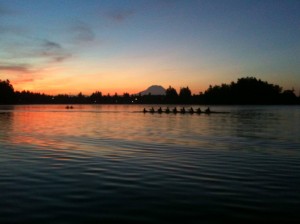
Shameless advertisement for the crew team? We’re a nice group of people with a solid appreciation for water and the mountain.
“Mother of waters,” which was pulled from the Puyallup language, technically refers to Mt. Rainier, whose glaciers are the headwaters of several different watersheds in the area. (Side note: if you’re outdoorsy and want to go on class camping trips, I recommend the environmental policy and decision making [EPDM] program. I spent the first three weekends of this semester hiking on Mt. Rainier, rafting the Nisqually River, wandering around mud flats, and so on.) Water is kind of important in this area, and I like this connection between the mountains and the Sound. The physical landscape, as well as the regional economy, is kind of shaped and defined by water – even before the Sound existed, glaciers covered this region and carved out the Sound’s basin as well as all the hills that keep things from being flat and boring (not like I’m biased or anything).
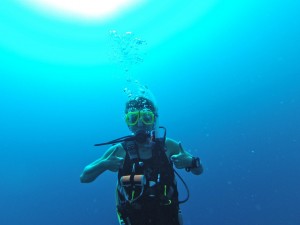
And once I’m in the Gulf of Mexico, I’m just a hop, puddle-jump, and a boat ride away from my study abroad country. Ah, the good old days of being able to dive in just a Puget Sound uni for the photo ops….
I’m going to graduate in May, which is weird, and means that I have to have an answer to people asking me if I’m going to stay out here or go somewhere closer to my family. And actually, as it turns out, the answer that I happened to come across is: neither, at the moment. Don’t worry, though, I’ll still be involved with water – I’ll be rowing the length of the Mississippi River, doing environmental education and water quality research with the UPS alum-created nonprofit group OAR Northwest. Studying freshwater will be a bit of a change, but as Finding Nemo taught us, everything ends up in the ocean, and after a few months I’ll be in the Gulf of Mexico. (And after that, yes, I do want to return to the Pacific Northwest. Sorry, Mom.)
* “Hi, my name’s Leah Shamlian and I am a senior at the University of Puget Sound in Tacoma, Washington, majoring in English with a concentration in creative writing and double minoring in environmental policy and religion; I did a marine field research study abroad program in the Turks and Caicos Islands in the Caribbean, and I want to go into science communication or environmental writing.” Have to say it quickly, otherwise people lose interest.

